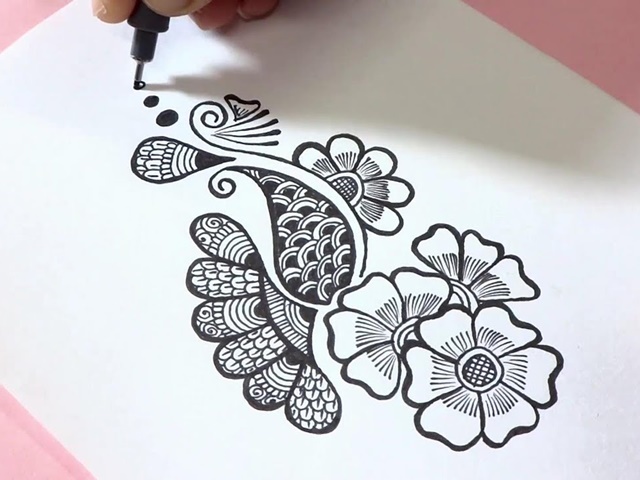Dye Solvents: The colors are mixed in a solvent to help move the color from the needle to the skin layer. These make the application of color easier and ensure better distribution. Commonly utilized carriers are some form of alcohol or aldehyde. When used as carriers, alcohol derivatives are known to aid the absorption of color on to the skin and this result in the chemical entering the bloodstream. These carriers are reputed to enhance the carcinogenic effects of the components of the dye.
Potential health hazards as reported by the European commission: The commission categorizes the hazards into 5 main categories – Infections, allergies, cancer, behavioral changes and skin related problems.
The thing about these problems is that they may manifest after many years and are auto-immune in nature. The symptoms and problems associated with these are quite similar to silicone based breast augmentation, Agent Orange exposure and Gulf war syndrome.
Infections are mostly to do with cleanliness issues and risky way of doing things like using the same tattoo needle on different people. Mostly infections are associated with tattooing being carried out in prisons but could also occur in parlors and artists licenses doing the work. Some of the infections include:
VIRAL INFECTIONS: HIV/AIDS, hepatitis, skin infections
BACTERIAL INFECTIONS: toxic shock syndrome, impetigo, chancroid, tetanus, leprosy, tuberculosis
FUNGAL INFECTIONS: zygomycosis, sporotrichosis
ALLERGIC REACTIONS: Usually allergic reactions are mostly related to tattoo inks and pigment carriers. Case reports state that allergic skin reactions are “not infrequent”. Allergic reactions include:
- Skin irritation and uticaria
- Lichenoid and granulomateus reactions
- Lymphadenopathy
- Pseudo lymphomas
- Sarcoidosis
- CANCER













